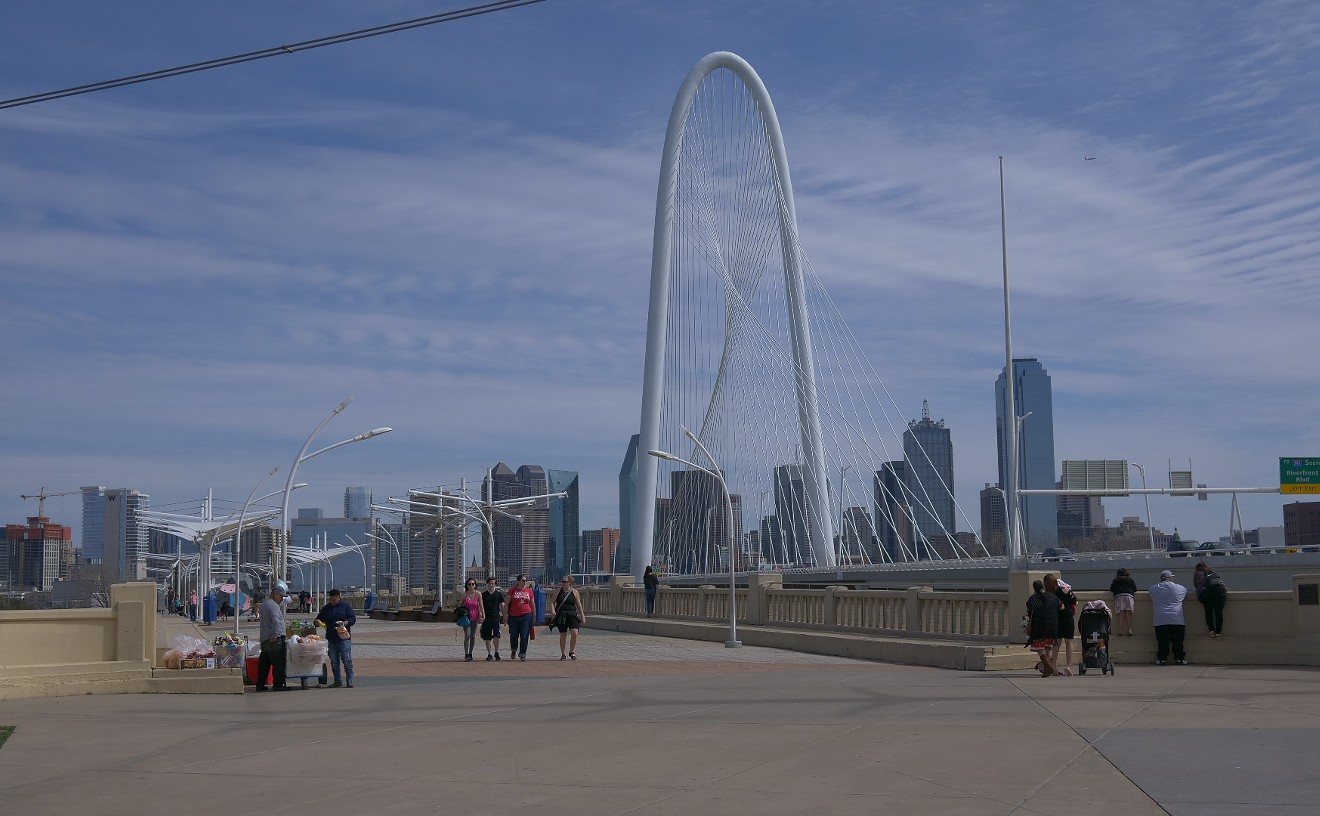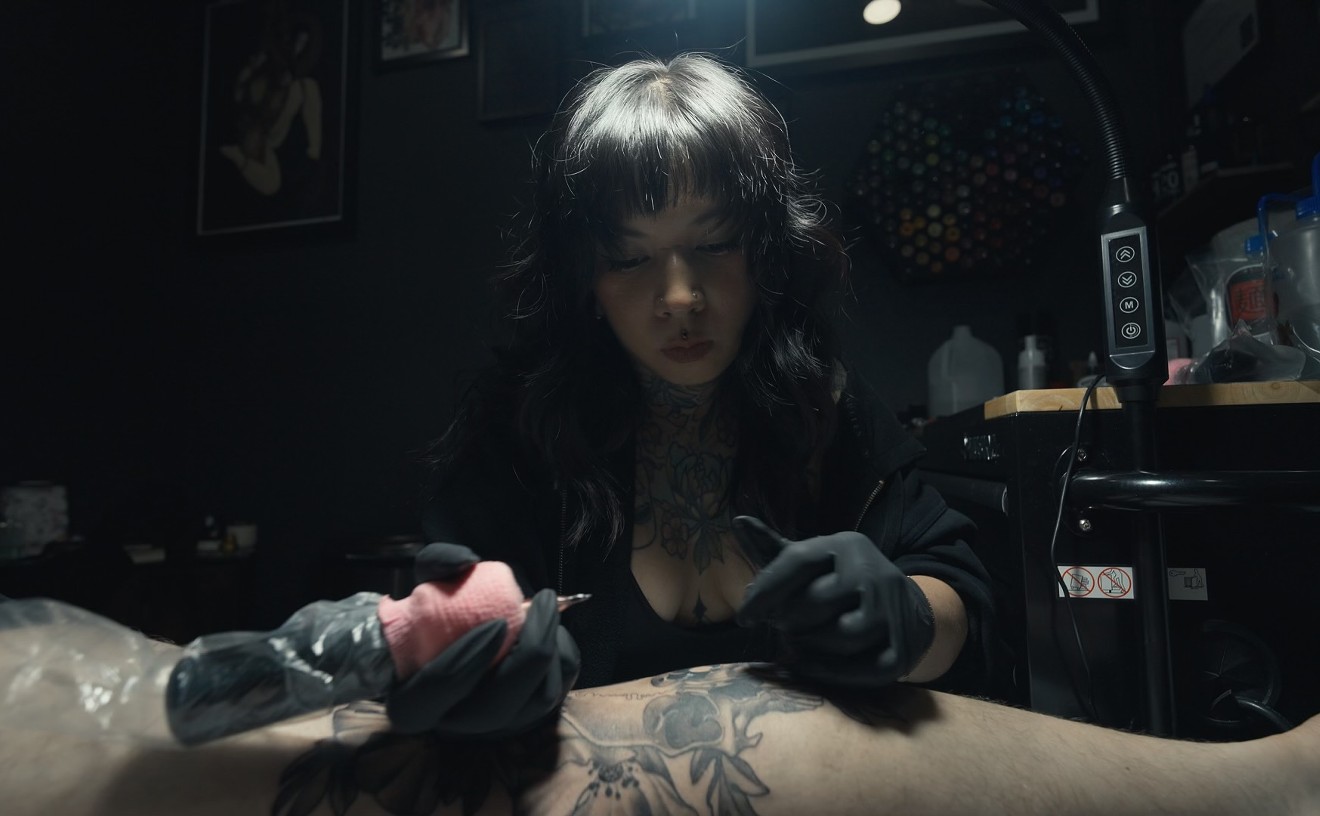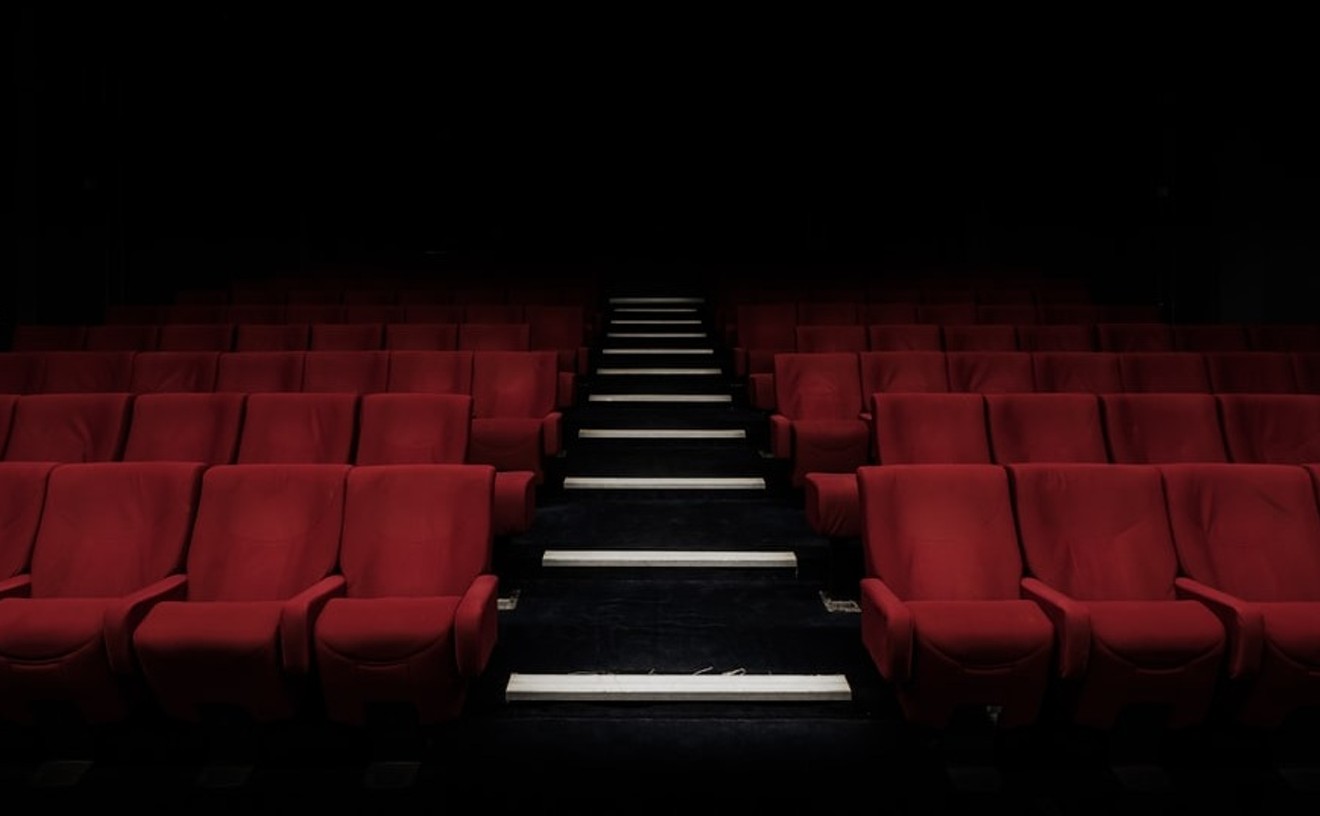In her case, the answer was self-explanatory. Her drawings were, in one sense, literally quite bad, full of distortions and cheap tricks, shortcuts like caricature and self-consciously wavering lines that tried, but did not quite manage, to mask her lack of ability as a draftsman. Sometimes, such flourishes are a type of visual shorthand that belie great artistic strengths; alas, in her case, I suspected no such mastery, and certainly no such control. And yet, the work had redeeming qualities. It wasn't exactly good, but it had something: an intelligence, a quirky and original voice. I rather liked it.
Reviewing the year's columns, it struck me that Ann Huey's paintings are a perfect metaphor for 2002: not great, but not half bad. The year, in fact, was more than half good--for the first time, anyway, more than 50 percent of the reviews I penned were positive. Either I need to sharpen my savaging skills, or I looked at a bunch of pretty damned decent shows.
And so, let's get to it. For the second year in a row, best in show goes to the Modern Art Museum of Fort Worth--an amazing feat, considering that the museum was closed for more than half the year in preparation for the unveiling of its much-anticipated new home. And that stunning new compound, unveiled in November, is the work of art that garners the top prize. Designed by Tadao Ando, an artist who isn't even an artist but an architect, the building is a remarkable piece of public sculpture. Its layout emphasizes opposites, air and water and concrete, and the result is a space that gives the illusion of erasing material boundaries. The MAMFW reflects a minority position in contemporary art--the notion that beauty, and the object, both count. Aesthetic distinction is not greatly prized in contemporary art, but it is precisely that distinction that provides the gravitas missing in the conceptual works that dominate contemporary art today.
For runner-up, we look not east but south, to Houston and to the Menil Collection's traveling retrospective of the work of Horace Clifford (H.C.) Westermann. Judging from the glowing notices, the show will spawn a major re-evaluation of this most American of 20th-century sculptors. And, as this first Westermann retrospective in a generation suggests, there is much to be admired. Yet, wandering through the exhibition, I had the nagging suspicion that all this applause for the work is based in no small part on admiration of this most American of men, a suspicion heightened by the slight stench of jingoism and nostalgia wafting from some of the reviews. It is easy to understand; Westermann embodies all that is missing from contemporary art today. His sense of craft, his conception of art as an endeavor one can spend a lifetime trying to master, is nowadays virtually extinct, and contemporary art is far the worse for this loss--even though his later work is full of half-baked ideas, cheap puns and slick repetition.
Looking back, even the shows that earned mixed reviews were pretty darned good. The Meadows Museum of Art rang in 2002 with a show of two of Francisco Jose de Goya y Lucientes' late, great series of etchings, La Tauromaquia and Los Disparates, an exceedingly rare treat. And the interesting shows weren't limited to dead white males. Being no special fan of conceptual art, I expected to hate Terry Allen at Pillsbury and Peters Fine Art. I didn't. (I was less impressed with two other entrants in the category of the exquisitely bad but trendy: Julie Speed at Pillsbury and Peters Fine Art and the McKinney Avenue Contemporary's installation of Pamela Joseph's Sideshow of the Absurd.)
Of course, there were a few losers. The two biggest stinkers had much in common, specifically origins in misfortune and someone's cockamamie notion of PR. The nod for very worst has to go to the Meadows Museum's summer show, De Aqua y de Luna: Silver Sculptures From Mexico. Since it opened in its new digs in 2001, the Meadows Museum has too often seemed to view itself less as a real museum than as a private adjunct to the Dallas Convention and Visitors Bureau. And when they aren't hawking designer bridges to Hilltop alumni, they are likely to be promoting Latin American wares and tourism.
For this one, the Meadows teamed up with TANE Ofrebes, a Mexican silversmithing concern that peddles artist-designed, limited-edition silver tchotchkes in retail stores throughout Mexico. For some reason (empty exhibition space?), the Meadows agreed to put TANE's originals on view and call it an exhibition. The result was De Agua y de Luna, a PR event from start to gilt finish. Adding insult to injury, the exhibition catalog abandoned even the slightest pretense of intellectual or art-historical justification, instead treating museum-goers to fatuous fake histories of fantastic creatures and wise-ass pearls of wisdom ("Never judge [the gender of] a fish by its footwear").
Alas, the Meadows was not alone in its folly. The runner-up for worst show goes to European Masterworks: The Foundation for the Arts Collection at the DMA. As I have often pointed out, the DMA's misfortunes are myriad, and too many of its wounds are, like this show, self-inflicted, until it has come to the point where it's (almost) no fun to beat up on the Dallas Museum of Art. The immediate cause of this fiasco was, again, a threadbare exhibition schedule. The PR op was actually next year, 2003 being the hundred-year anniversary of the city's first foray into cultural improvement, the founding of a ladies' club that bought a few wretched canvases. Somebody, somewhere decided that these misfortunes presented an opportunity, to wit: a show highlighting the museum's greatest weakness, its permanent collection of 18th- and 19th-century art. The result, European Masterworks, revealed much about the holes in the museum's collection and its institutional inability to recognize and confront reality.
In between these highs and lows were more than a few worthy shows. Honorable mention must go to the Kimbell Art Museum, for its shows of the work of Piet Mondrian and Bartolomé Esteban Murillo. And the DMA redeemed itself--somewhat--with its Thomas Struth show, an exhibition that was overrated but worthwhile nonetheless. Ditto the DMA's show of the Smithsonian's 18th-, 19th- and early 20th-century American holdings, titled The Gilded Age: Treasures From the Smithsonian American Art Museum. Although the show offered little in the way of curatorial or scholarly effort, it did feature the DMA functioning more as a museum than as a cog in the art world's promotional wheel. And that, for a change, is 100 percent good.










